As you drive through the “deep heart of France”, you’ll regularly come across a massive house, usually sitting on top of a little hill or bluff and looking as though it’s been there forever. There may be some evidence of fortifications – a guard tower, a thick wall around the garden, sometimes even a moat.
But is this a “chateau”? Or just a big, old house in the country?
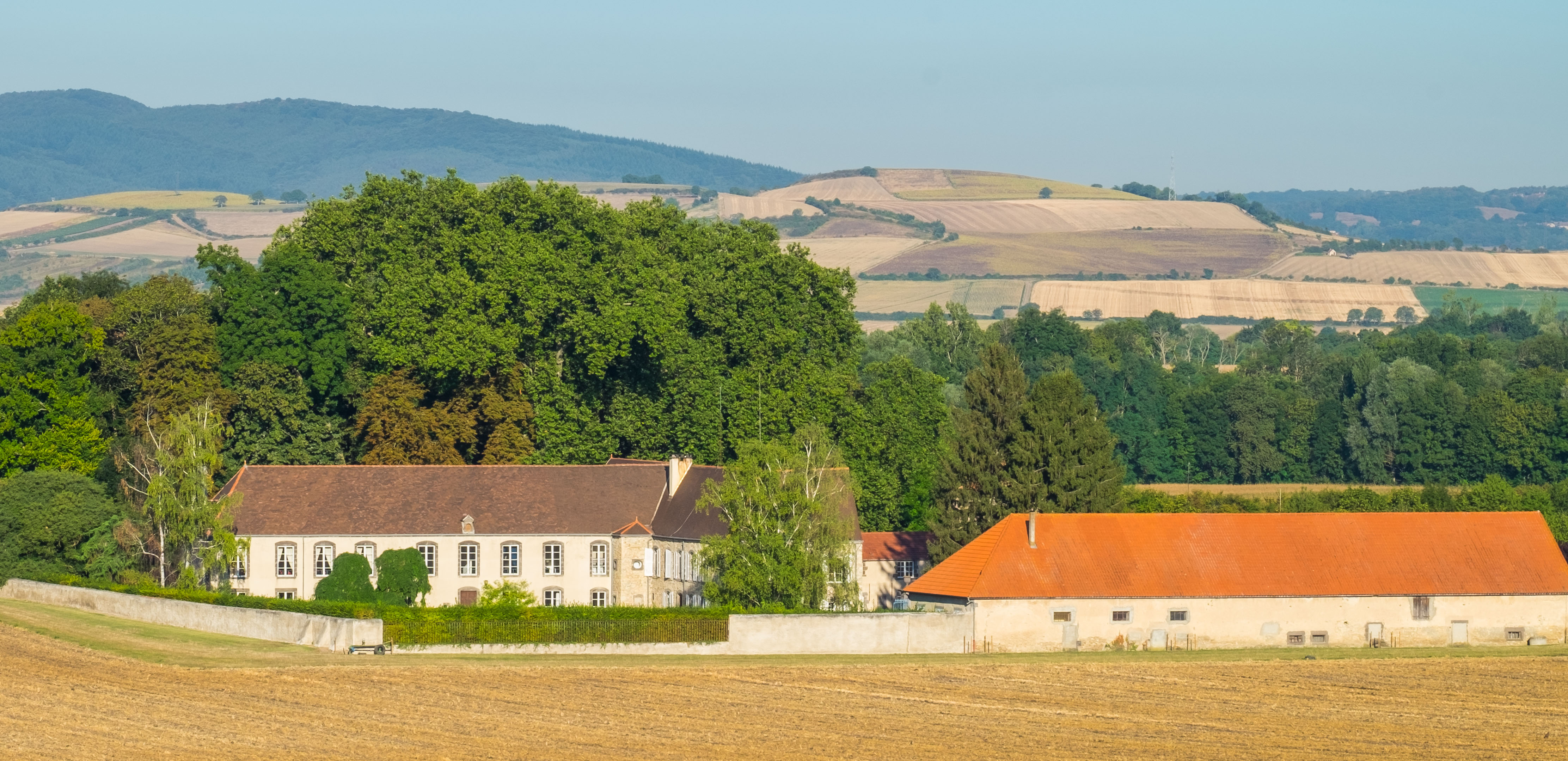
The answer may be a little more complicated than you think. Part of the issue comes from how freely the word “chateau” is used in French to describe many different types of dwelling. It’s not just reserved for the traditional medieval castle – that’s a château fort in French and still what most of us imagine when we hear the word.
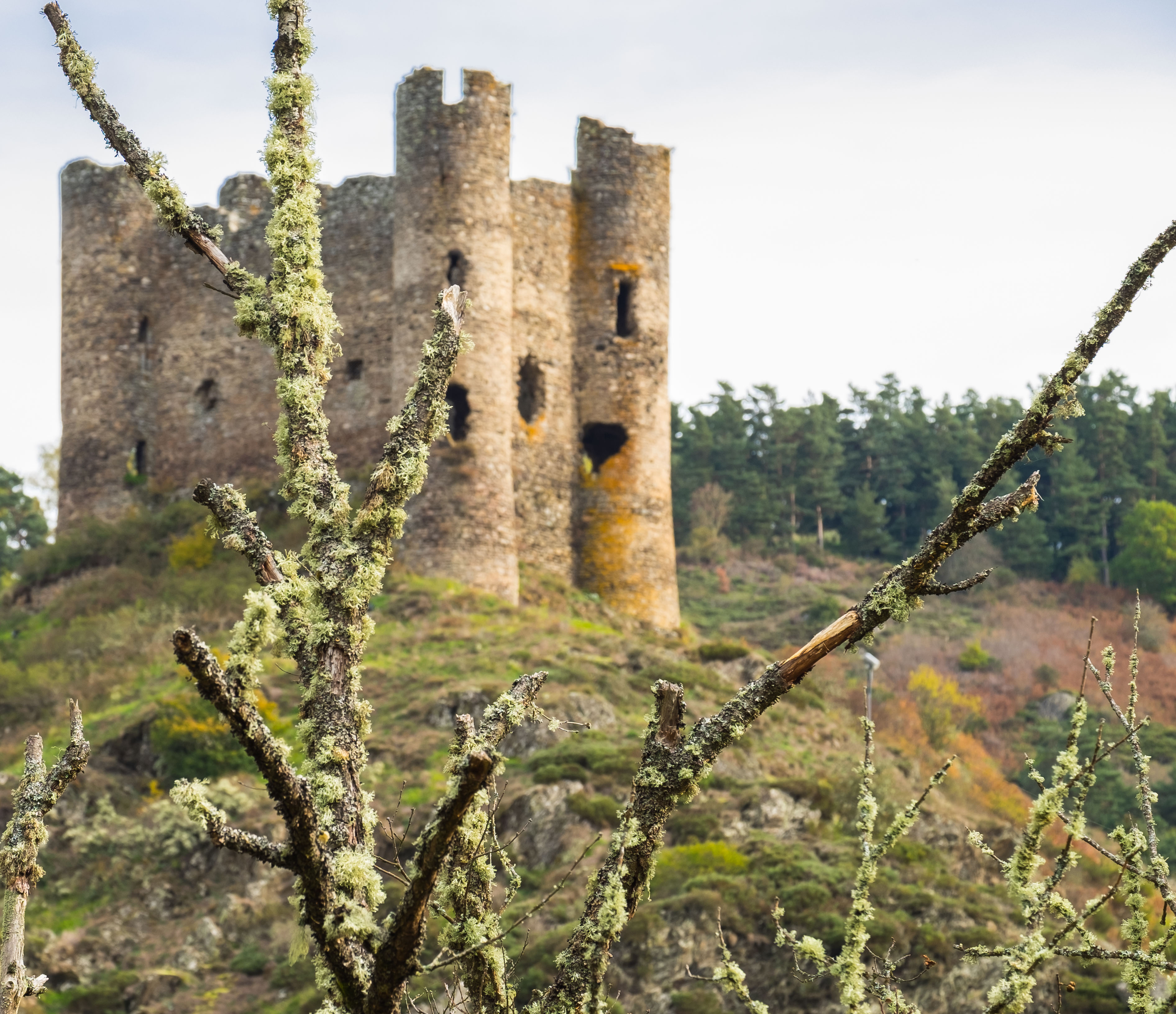
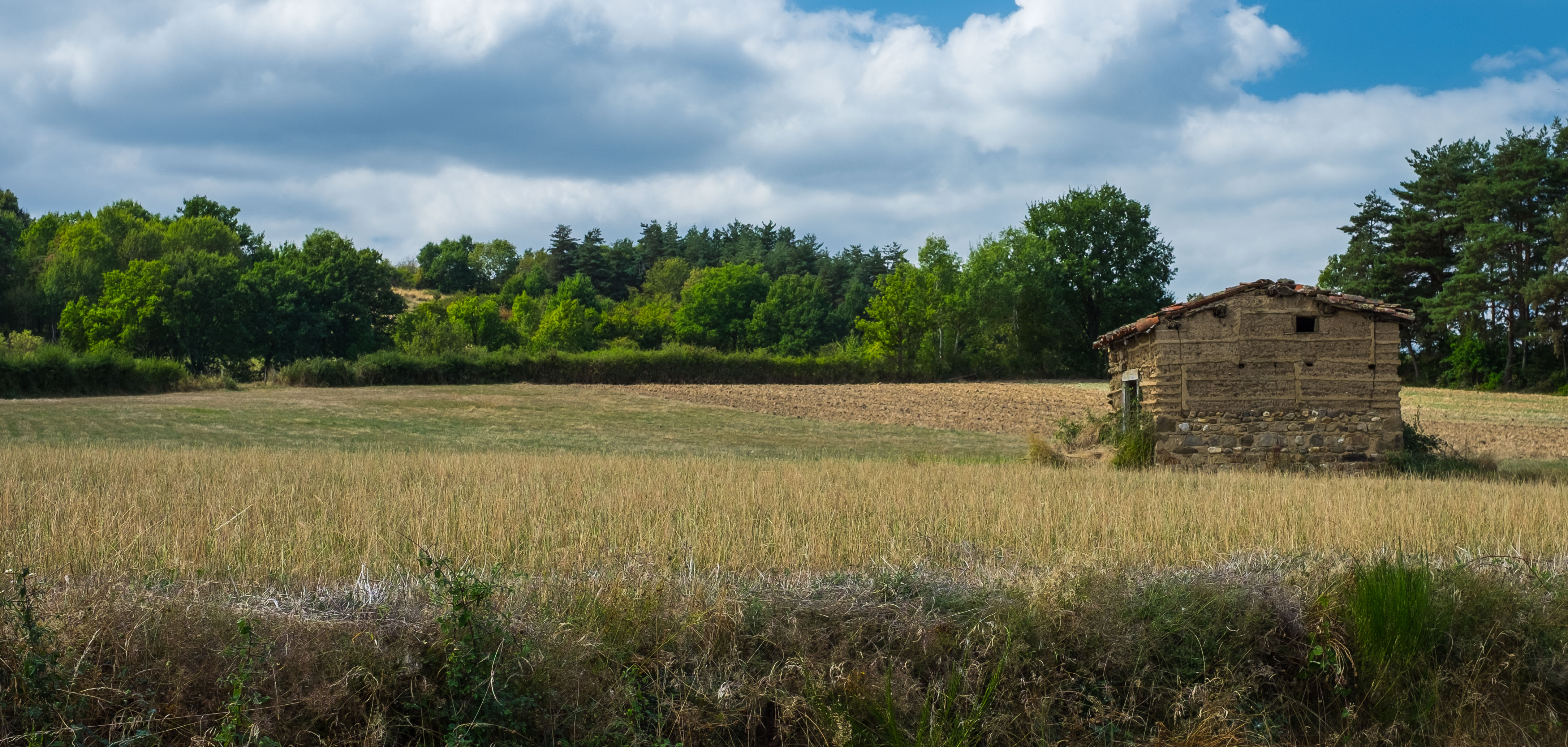
But you’ll also see it used to describe a wide variety of houses, some plain, some very elaborate, some with fortifications, some with no evident defenses. Many of them rise to the level of grand palaces – think of all the grand “chateaux” in the Loire River valley, or the great Chateau de Versailles at the top of the range.
So what really distinguishes a “chateau” from a “big country house”? The real difference is in the owner(s). If the family is in the lineage of one of France’s “noble” families, and if the house has been passed down from generation to generation, it’s usually called a chateau. The most common definitions of the word in French history books say a chateau is “the residence of a lord who controls a territory.”
(By the way, there are an extraordinary number of people who qualify as “nobility”, even at this late date in the 21st century! The BBC recently reported that there are between 50,000 and 100,000 people who can claim to be “aristocrats” – roughly the same number that existed at the time of the French Revolution. While the Revolution wiped out many families, the parade of emperors, kings, and princes of the Catholic Church created after the Revolution have effectively “re-stocked” the country’s nobility!)
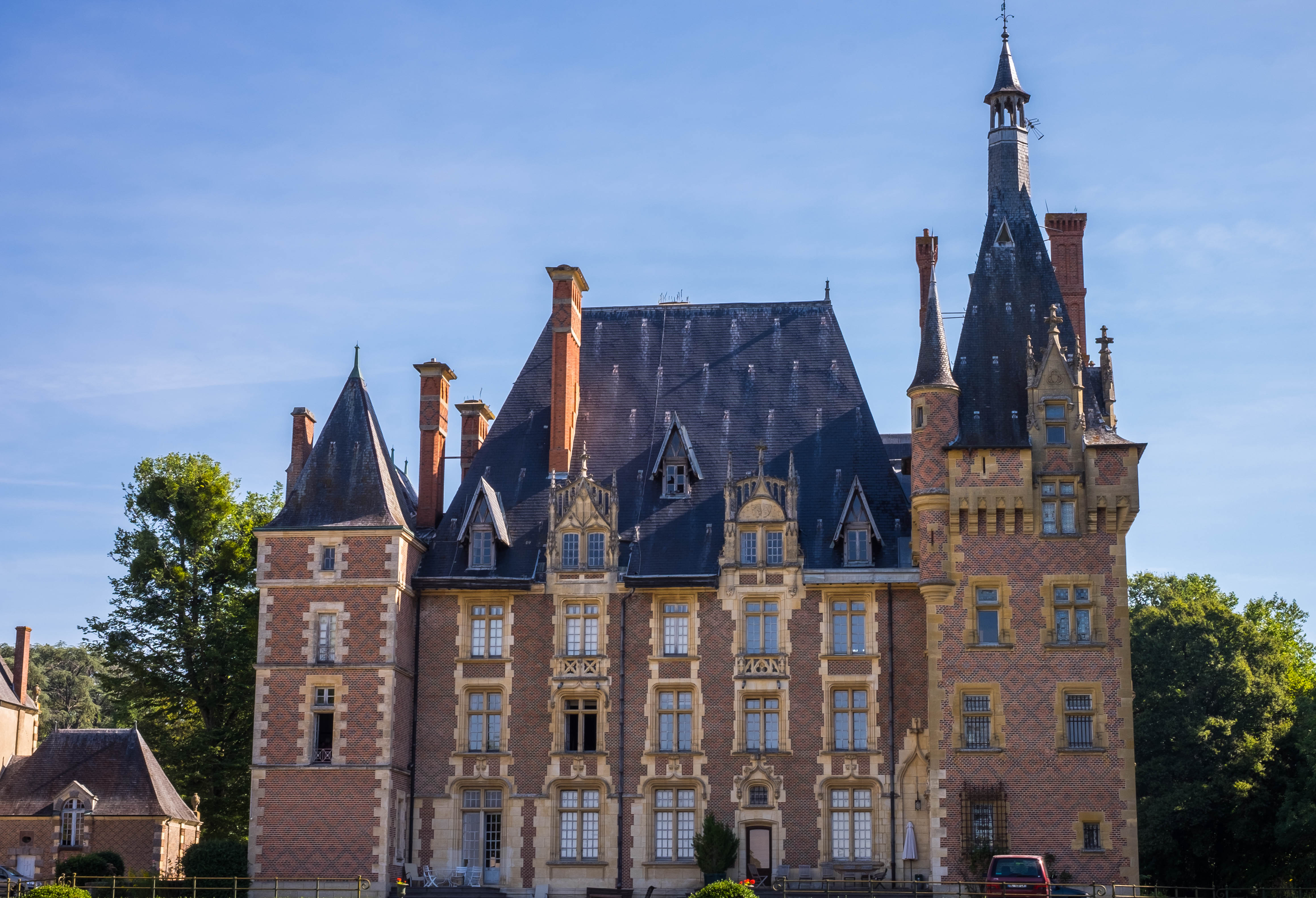
It’s not unusual, then, to find a chateau that is still occupied by the same family through many generations – the Chateau d’Avrilly, for example, or the one in the gorgeous village of Apremont-sur-Allier. And even if the family is not descended from the original owners, there have been thousands of transactions over time where one family of aristocrats sells a chateau to another.
(Of course, it’s also true that some of the old houses that are called “chateaux” were originally built by someone who was rich but not technically “noble” – the great house at Vaux-le-Vicomte is a great example. And these days, anyone with the money to buy and operate one of these properties is welcome to give it a try!)
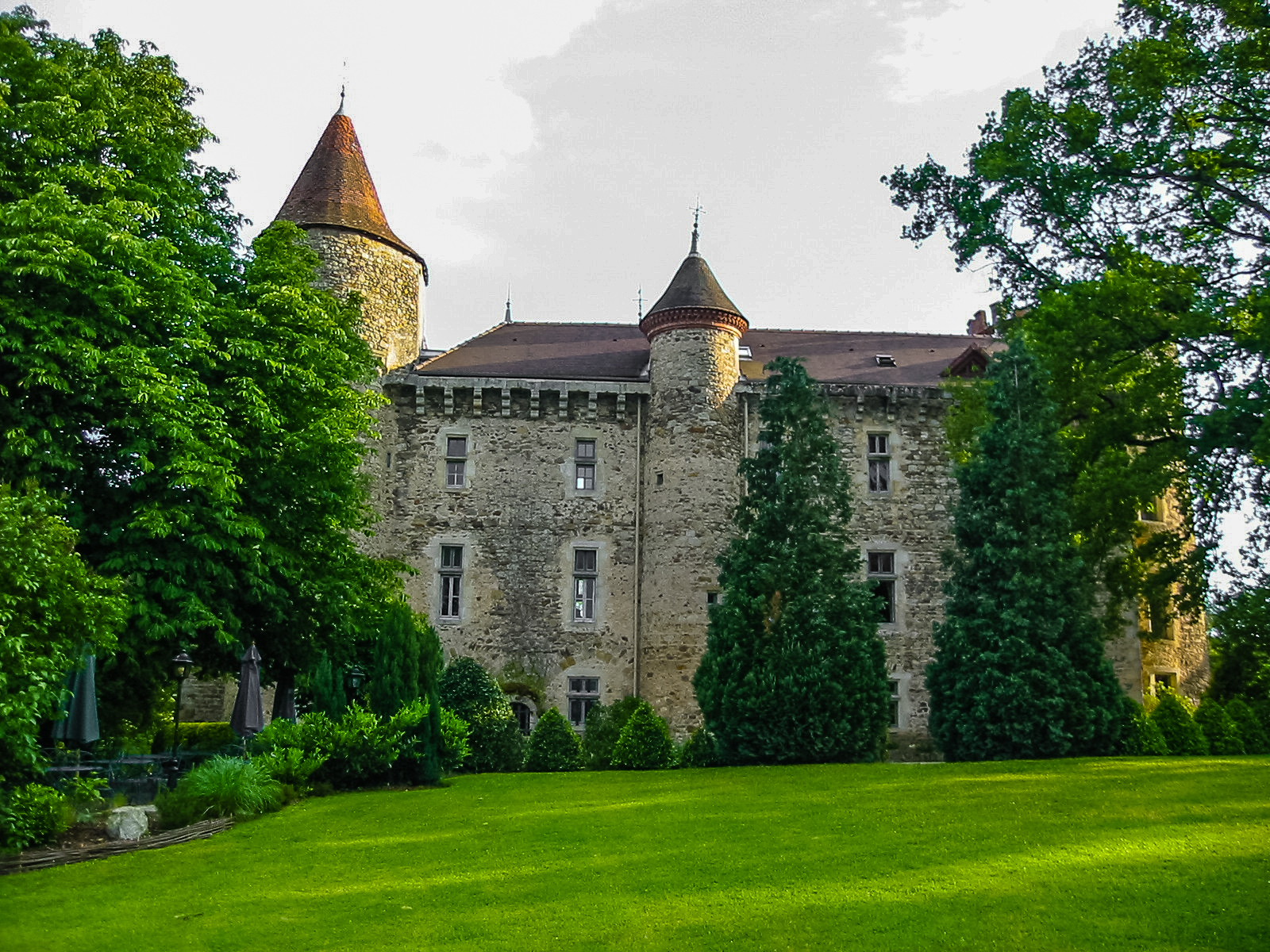
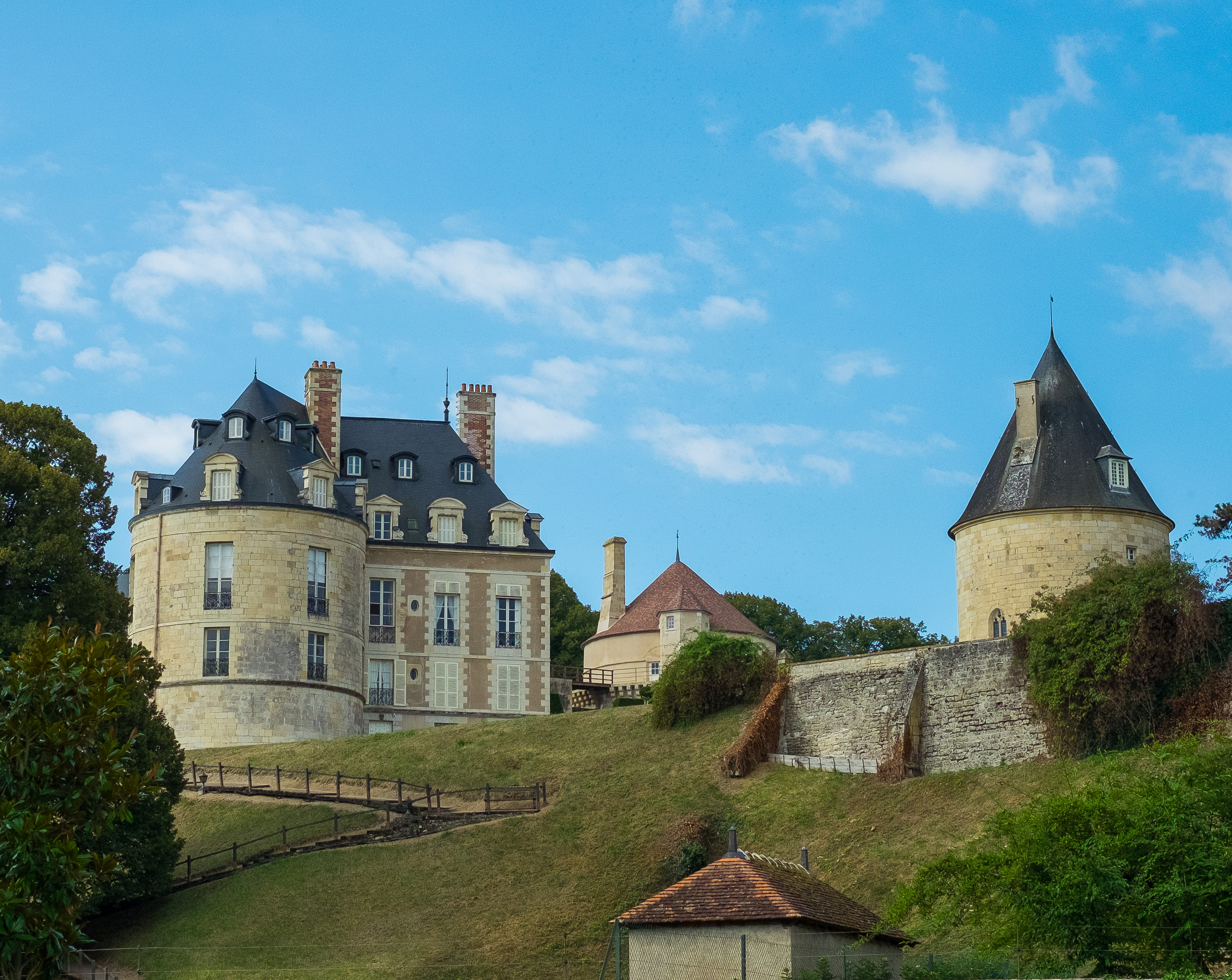
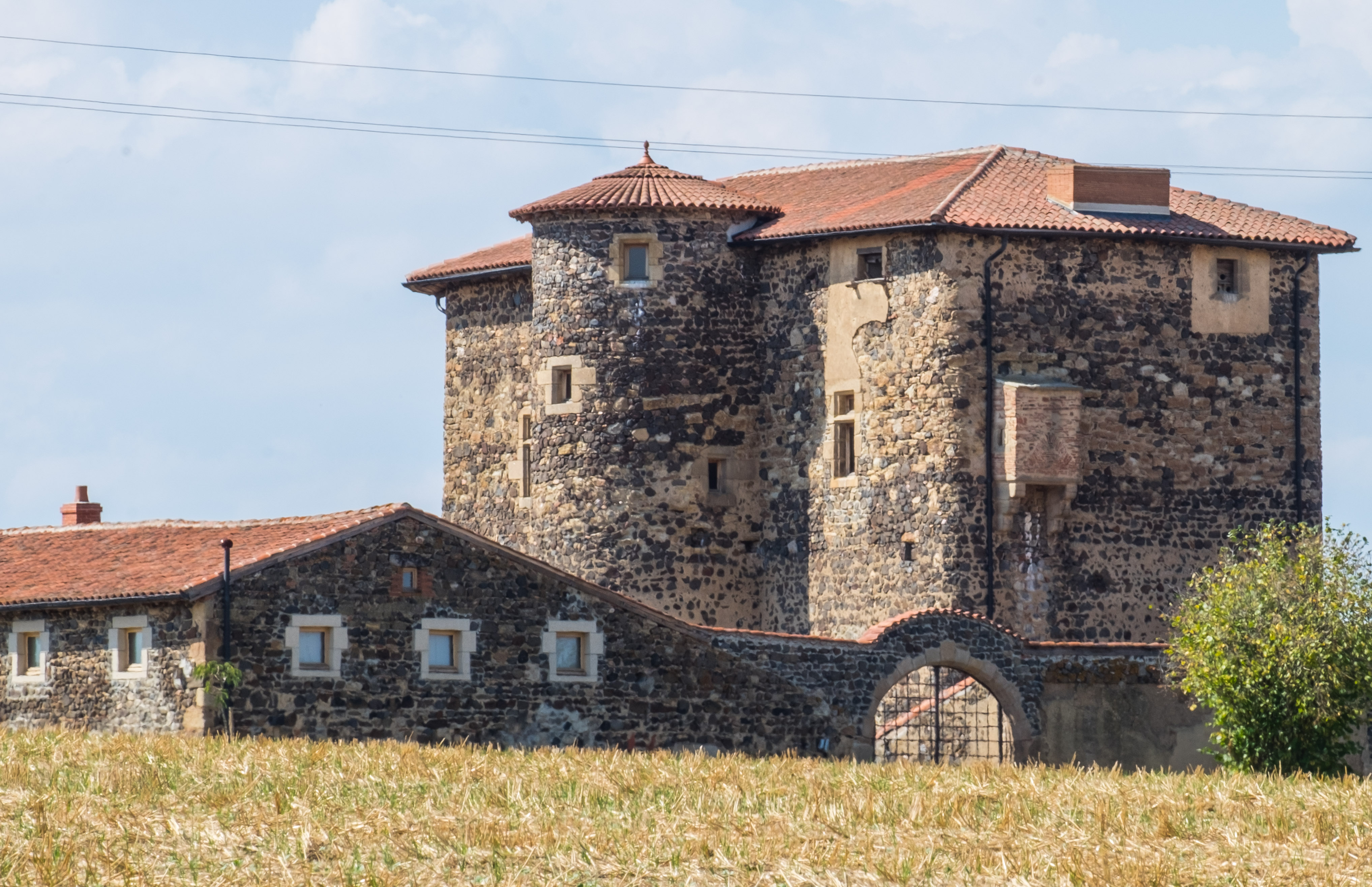
All of this means you can’t really know whether a place is a chateau or a regular house just from looking at it as you drive by. For a long time, there was an Annuaire des Chateaux published every year in France – a kind of “blue book” listing the names and addresses of members of France’s nobility. Today, though, in the absence of a sign or an entry in the Michelin Green Guide, you’ll have to do your own research to make the call.
What about you – what’s the most interesting chateau you’ve encountered in France? Please share your experience in the comments below – and please take a moment to share this post with others on Facebook, Twitter, StumbleUpon, or Flipboard using one of the buttons!
